Field of Expertise: Imaging
CERN Technologies
The PicoTDC is a specially developed 64 channel Time to Digital Converter (TDC) ASIC in 65nm CMOS for use in High Energy Physics (HEP) experiments and similar scientific applications.
PicoTDC
Extremely fast and low noise photon and electron counting possibilities, providing significant advances in photon sciences and electron spectroscopy.
Fast front-end readout electronics ...
An amplification technique for position detection of ionising radiation.
Gas electron multiplier
Short pulse and 4-quadrant power supplies for conventional and superconducting magnets
Magnet Power Supplies
The Medipix2 ASIC is a high spatial, high contrast resolving CMOS pixel read-out chip working in single photon counting mode.
Medipix2
Medipix3 is a CMOS pixel detector readout chip designed to be connected to a segmented semiconductor sensor. In addition to counting every particle hitting the pixels, it permits colour imaging and dead time free operation.
Medipix3
Timepix3 is a general-purpose integrated circuit suitable for readout of both semiconductor detectors and gas-filled detectors.
Timepix3
Funded Projects
Success Stories

The latest example is The Madonna and Child, a painting on canvas from a private collection. In 2020, the Czech start-up InsightART successfully helped attribute the painting to the Renaissance master Raphael, using RToo, a state-of-the-art robotic X-ray scanner.
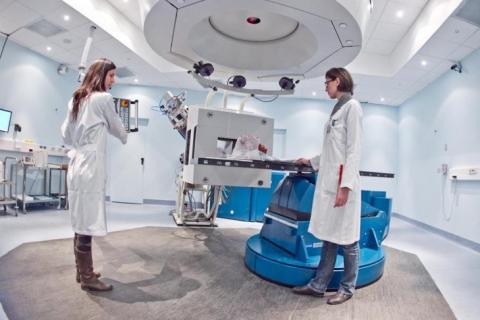
CERN patented Gas Electron Multiplier updated for use in hadron therapy and radiotherapy.

A new Monolithic Active Pixel Sensor, originally developed to upgrade the ALICE inner tracking system during the second long shutdown of LHC, is on its way to Bergen University for a very different application – Proton Computed Tomography (Proton CT).
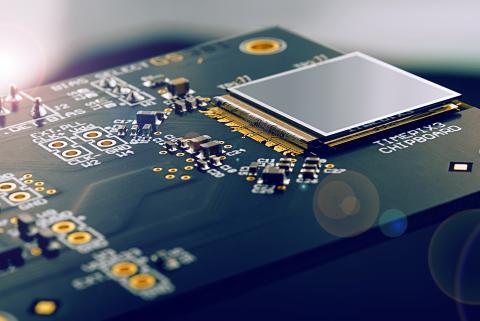
CERN's TimePix3 chip will be used on third license by ASI for devices in X-ray imaging, electron microscopy to particle track reconstruction.
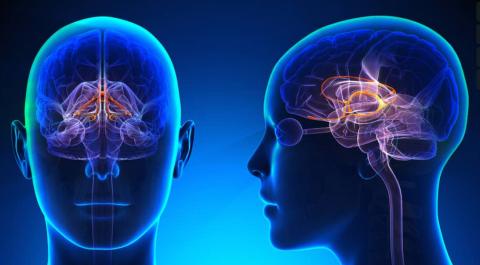
FastIC project catching the attention of the Medical Imaging industry.

The ever-increasing magnetic fields required to achieve the desired energies in colliders like the LHC and in the Future Circular Collider, are the main drivers for developing superconducting cable technology. Two technology synergies are emerging: high-field Magnetic Resonance Imaging (MRI) and "smart" superconducting grids.
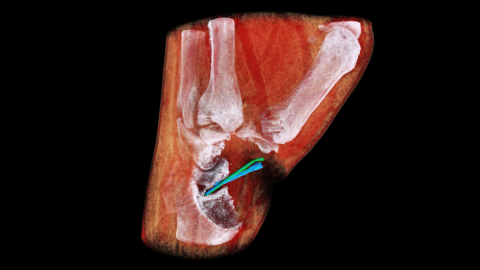
MARS Bioimaging released new images generated with the innovative MARS compact scanner, based on the Medipix3 technology developed at CERN.
G-RAY is a Swiss private company focused on the development and commercialisation of particle detectors and related services for medical imaging.
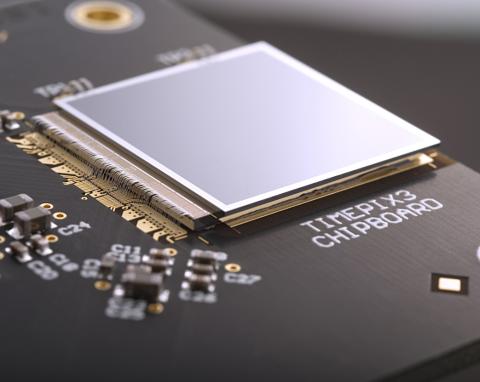
Originally developed for use in the Large Hadron Collider (LHC) experiments, the Medipix technologies have made the journey from CERN to applications across a wide range of sectors - an outstanding example of how technology developed at CERN can create societal impact.
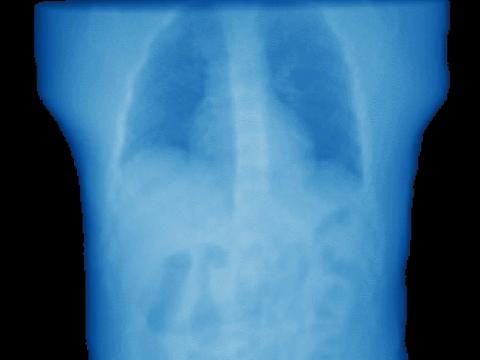
In 2016, CERN and the University of Bath released a new shareware toolbox for fast, accurate 3D X-ray image reconstruction with applications in medical imaging for cancer diagnosis and treatment.
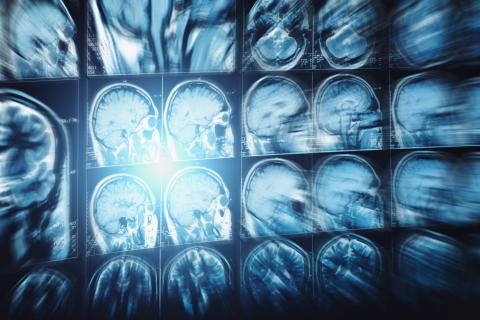
This project is devoted to the development, testing and first applications of a high-resolution single photon imaging technique (Gamma MRI).
Get In Touch — Medtech
Medical Applications Section

